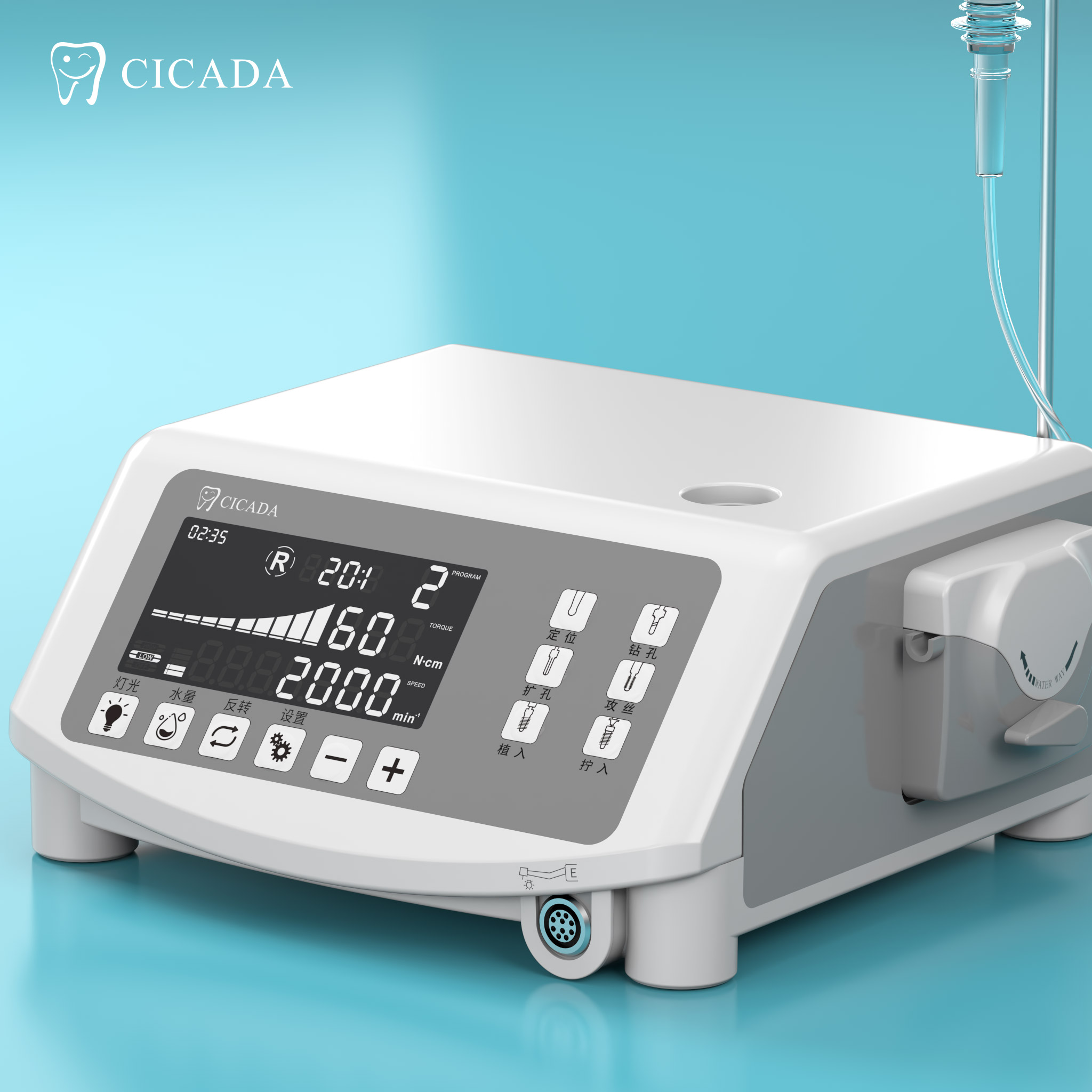The implant motor is a cornerstone of any modern dental or oral surgery practice. When choosing the right brushless implant motor, clinicians must consider various factors to ensure they select equipment that matches their practice needs, enhances workflow, and stays within budget. Here’s a guide to help you make an informed decision.
Understanding the Importance of a Brushless Implant Motor
Brushless implant motors are prized for their efficiency, durability, and precision. Unlike brushed motors, they generate less heat and require minimal maintenance, making them a reliable choice for implantology. Their high torque and variable speed control allow clinicians to perform implant procedures with precision and confidence.
Key Factors to Consider When Choosing a Brushless Implant Motor
1. Clinical Needs and Workflow
Begin by assessing the types of procedures your practice frequently performs.
Implant Placement Frequency: High-volume implant practices may benefit from motors with advanced features like customizable presets and integrated irrigation systems.
Procedure Versatility: If your practice handles a wide range of oral surgeries, consider a motor with a broad speed and torque range to accommodate various tasks, such as drilling, tapping, and insertion.
2. Motor Features and Specifications
Torque and Speed Range
Implant motors must deliver sufficient torque to handle dense bone while offering precise speed control. Look for motors with:
Torque capabilities up to 70 Ncm or more for demanding cases.
Adjustable speed ranges, typically between 15 and 50,000 RPM, to adapt to different stages of implant placement.
User Interface and Controls
An intuitive user interface can streamline procedures. Consider:
Touchscreen displays or easy-to-navigate buttons.
Multiple programmable settings to save time during multi-stage procedures.
Irrigation System
Integrated irrigation helps maintain optimal temperature and bone health during drilling. Check for:
Adjustable flow rates for better control.
Compatibility with sterile disposable tubing for enhanced hygiene.
Handpiece Quality
The handpiece should be lightweight, ergonomic, and robust. Titanium handpieces are a popular choice due to their durability and ease of sterilization.
3. Brand Reputation and Support
Choose a reputable brand with a track record of producing reliable implant motors. Top brands often provide:
Comprehensive warranties.
Training and support for seamless integration into your practice.
Easy access to replacement parts and consumables.
4. Budget Considerations
While premium implant motors come with advanced features, balancing performance and cost is essential.
Mid-Range Options: Many affordable motors offer sufficient torque and essential features, making them ideal for general dental practices venturing into implantology.
Long-Term Value: Consider the cost of ownership, including maintenance, consumables, and durability. A higher upfront investment in a quality motor may save costs in the long run.
In conclusion, selecting the right brushless implant motor is a critical decision that impacts the efficiency of your practice and the quality of care you provide. By carefully considering your clinical needs, evaluating key features like torque, speed, and usability, and balancing cost with long-term value, you can make a well-informed choice. Investing in a reliable, feature-rich motor tailored to your workflow ensures improved patient outcomes and greater procedural precision. CICADA is a reliable brushless implant motor manufacturer and we will provide you with quality brushless implant motor, feel free to contact us for more product information.







